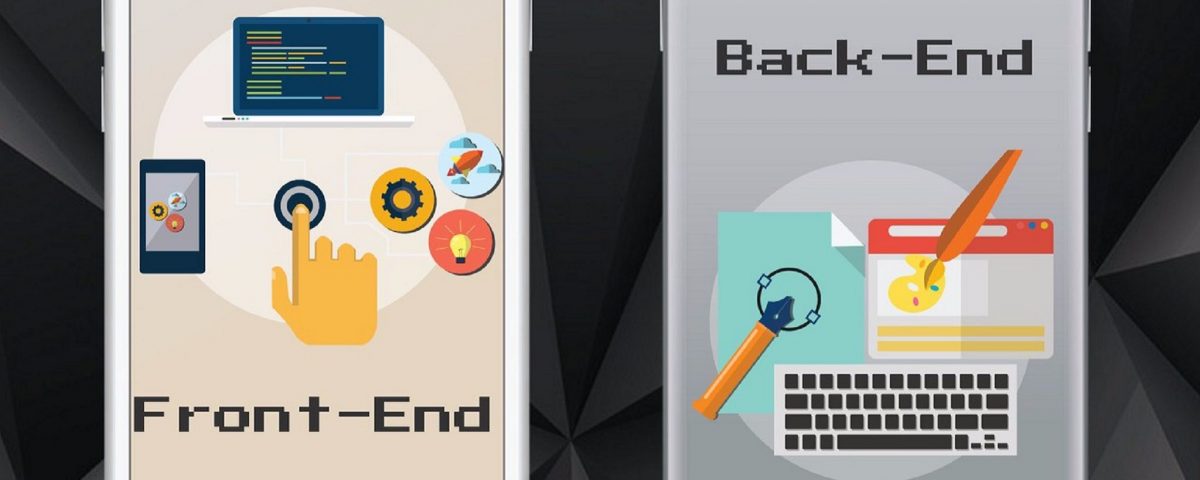Back End vs Front End

Differences between design and development actually lead to more of a discussion around front-end and back-end, but what exactly do they mean?
Front end
When we discuss the “Front-end” of the web, what we are really talking about is the part of the web that is seen and with which it can interact (also known as “customer-side”). The front end usually consists of two parts: web design and front-end web development.
In the past, a front-end developer often focused heavily on understanding HTML, CSS, and JavaScript without necessarily focusing on making things look “pretty” (since this part was often left to a designer), but only ensuring that information is presented effectively and the user’s interaction with the website is as smooth as possible. However, the current trend has been inclined to make these two figures become one, dissolving the difference between designers working strictly in Photoshop and those who can code HTML and CSS. It is then, when designers have begun to cross the lines to work with JavaScript and jQuery.
So now when we talk about the term “web design”, we are talking about people working with Photoshop, Fireworks and using HTML, CSS, JavaScript or jQuery code.
Everything you see when using the web is a combination of HTML, CSS and JavaScript, all controlled by the computer browser. These include things like fonts, drop-down menus, buttons, transitions, sliders, contact forms, etc.
Back-end
“Back End” usually refers to the guts of the application that live on the server (also known as “server-side”). The backend typically consists of three parts: a server, an application, and a database.
This part focuses more on making sure that all the correct data is sent to the browser. It’s the iceberg portion below the surface … a lot of things have to work properly to deliver the data to the front and that these can be viewed.
Back-end technologies generally consist of languages such as PHP, Ruby, Python, etc. To make them even easier to use, they are often enhanced by frameworks such as Ruby on Rails, Cake PHP and Code Igniter that make development faster and easier.
Full Stack
The most intrepid and unwilling to rely on lack of knowledge are known as “Full Stack” or off-road developers who learn a significant amount of information, allowing them to speak comfortably both the database and the browser. Lately, the trend of companies is aimed at finding developers with a great working knowledge of both ends. Surely you will prefer one over the other, but a “Full Stack” developer can build a web application from A to Z.
